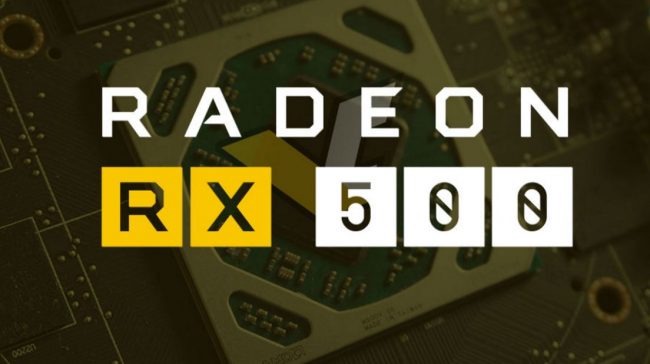The graphics game is going to be seeing a brand-new wave of competition, since AMD has just recently announced their new range of Radeon graphics cards – the 500 series.
Ever since the 400-series cards, AMD have not had a new entrant to rival the 10-series GTX cards by NVIDIA of late. All that might be changing now, as AMD is showing off a new range of graphics cards, that will act as a kind of appetizer to the upcoming Radeon Vega architecture. According to Forbes, the Radeon RX 580 will be leading the pack, being on par with NVIDIA’s 1060 GPU.The 500 series is not meant to be as ground-breaking as the 10-series of NVIDIA was, but is merely meant to act as a refresh of the already worn out 400 series of Radeon graphics cards. Here is the breakdown of each of the graphics cards in detail.
RX 550
The RX 550 is the cheapest offering from the 500 series of graphics cards, starting at just $80. It won’t do anything notable, but will merely offer a step up from integrated graphics. It is not all that different from the almost four-year-old R7 250, so it will offer similar sub-par graphics for those who want to test its limits. As far as AMD has provided us with the information, we can safely say that it has a total of eight computing units, a clock-speed of 1.8 MHz, 2GB of fast GDDR5 RAM as well as HDMI 2.0b. This card will be the cheapest in AMD’s line-up to come with the Polaris architecture.
RX 560
This one is a very modest upgrade. The company claims that this card is geared towards those who play a lot of e-sports and is pegged to be 57 percent faster than the old R7 360. This card also comes with 2GB of memory and will cost about $100. It will come with Polaris 11. It will come with a boost clock speed of 1.27 MHz and probably be a variant with up to 4GB of VRAM as well. Again, this card is not particularly meant for some high-end gaming, but it will do the job at medium to low specs. We could place its equivalence to the GTX1050 at best.
RX 570
Much all of the predecessors of the other cards on this list, the RX 570’s predecessor is the RX 470. The only difference here, being 32 of the 36 CUs being enabled this time around, but with an increase in clock speeds. This time around, the jump goes from 1206MHz to 1244MHz. While there will be a variant with 4GB VRAM made available, the company is saying that they will be releasing a variant with up to 8GB of VRAM. This card will be closer in competition to the 1050Ti and will be up for grabs by about $169. Having said that, it is now easier to also get the GTX1060 3GB cards for about the same amount, so buyers will have to choose.
RX 580
This one here is the cream of the 500-series crop. It is close in performance to the NVIDIA GTX1060 and will come with 8GB of VRAM, starting at $229. For those who want it a little cheaper, there will also be a 4GB variant at $199. This card is for those who want to max out performance at the 1080p level and perhaps go up to 2K as well. The clock speed on this card will go up to 1.34MHz, that should be able to deliver those frames smoothly, even at FullHD. For those coming from the Radeon RX 480 from last year, there really is no need to upgrade. In fact, those who are still interested in a decent graphics card for gaming performance, can get the RX 480 straight away as it will be a lot cheaper than the new RX 580. The only difference between the two cards is the clock speed.
It seems AMD is not pulling out all the stops like it did with the Ryzen CPUs lately. This means that the upcoming Vega-based GPUs will probably be the main event from the opening act of the 500-series graphics cards. Should buyers be interested in these offerings, though? Perhaps not, unless they just want a decent entry-level system up and running. All the products will be available by this week worldwide, save for the RX 560, which will be made available only in May.
